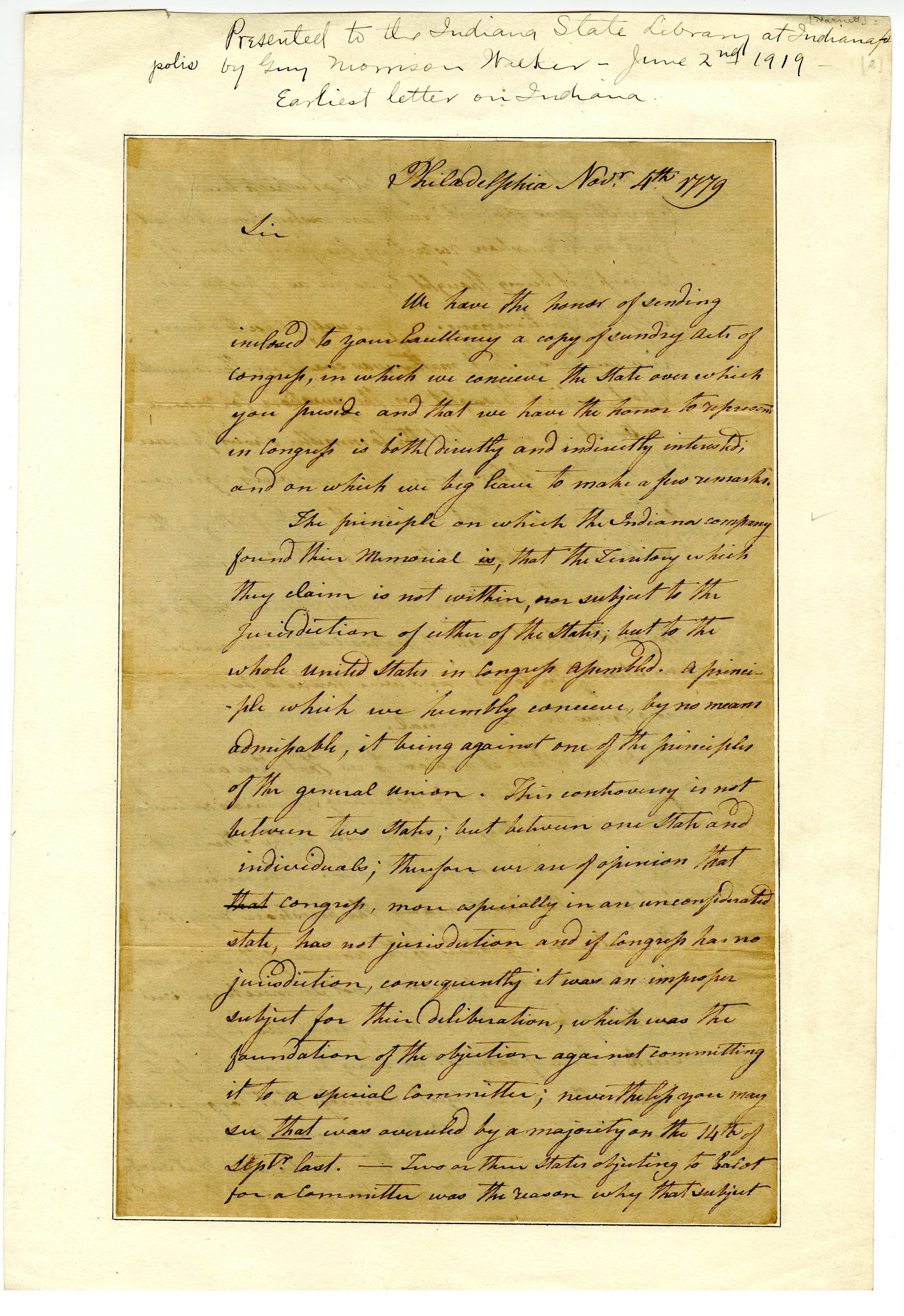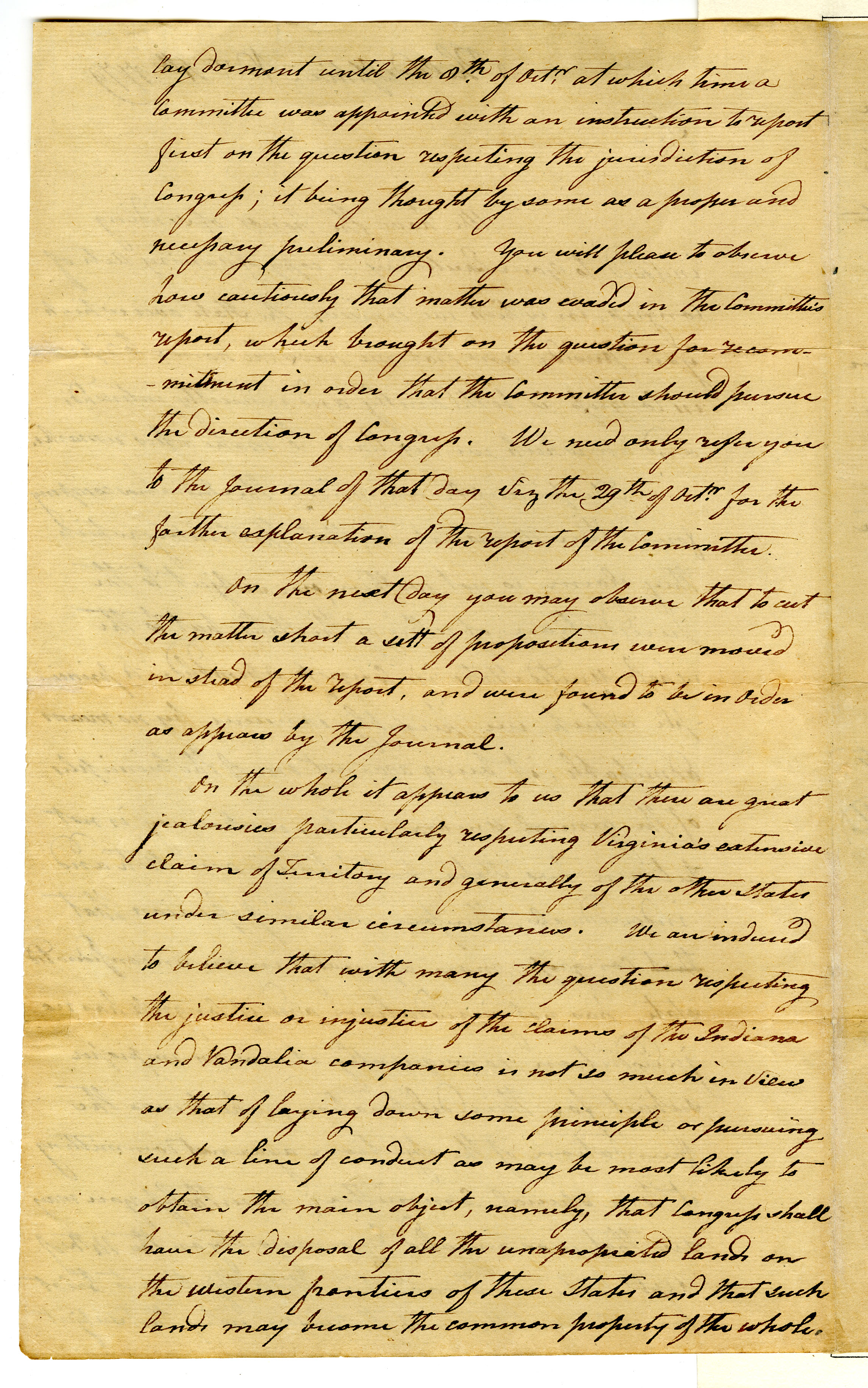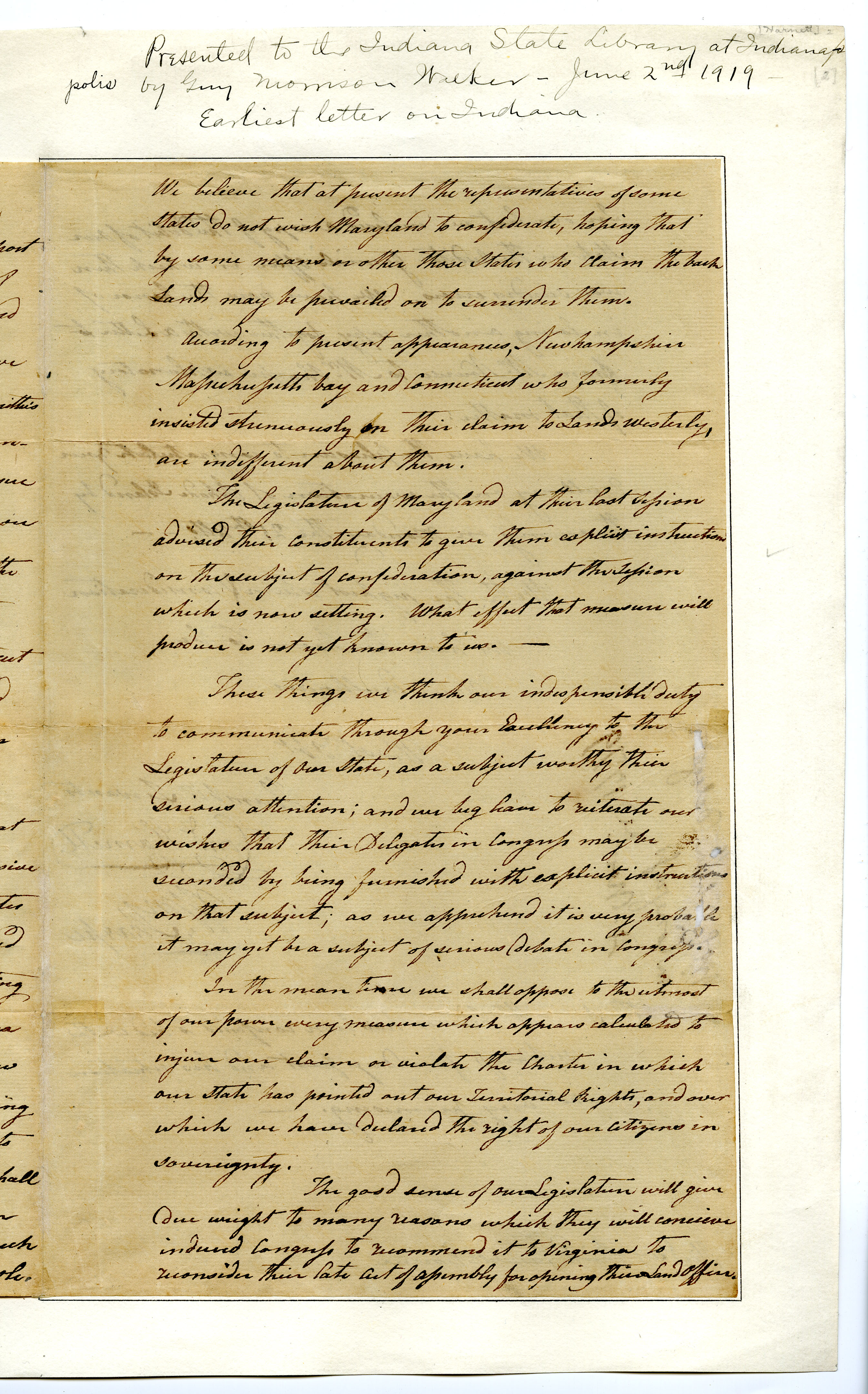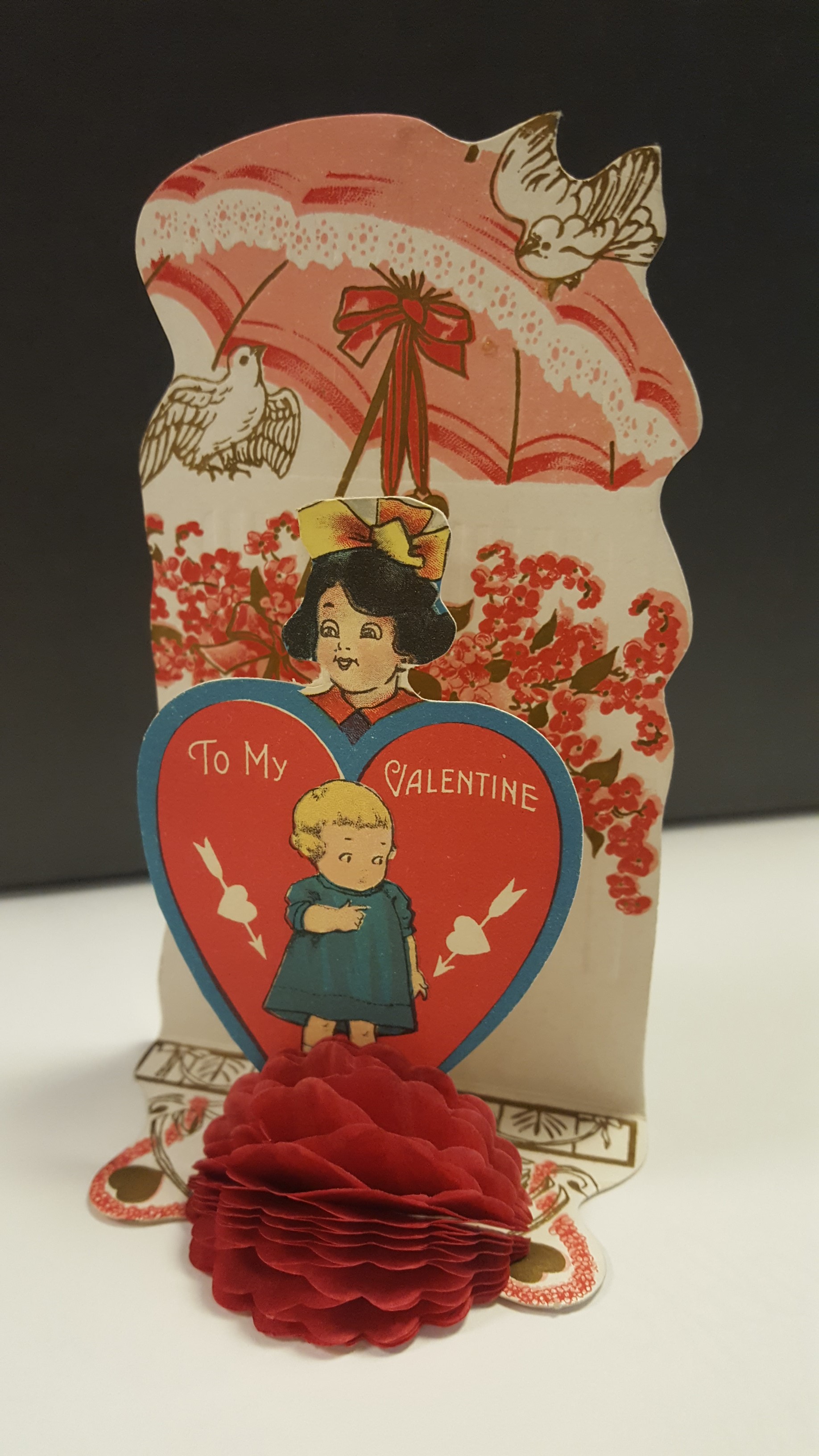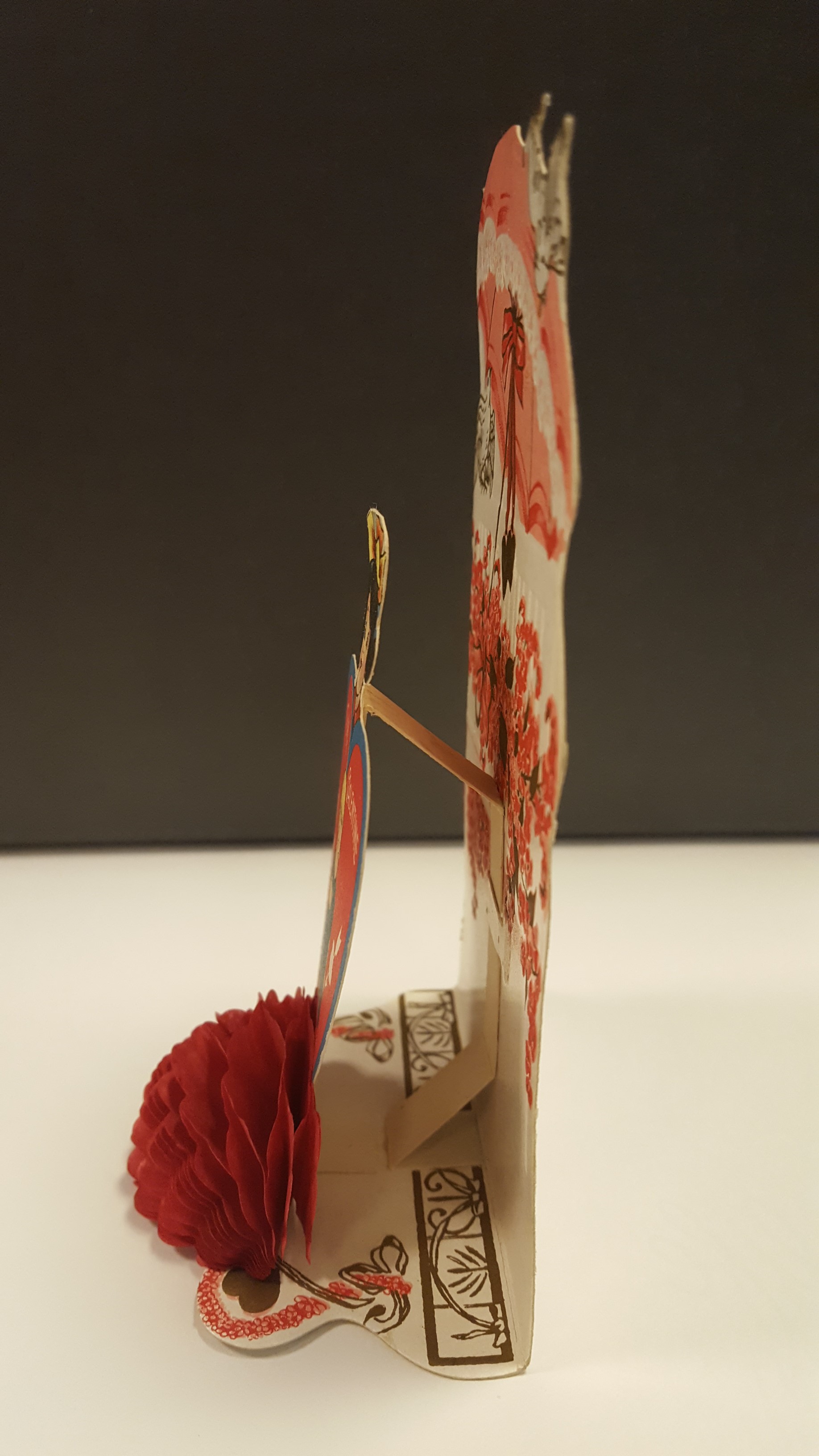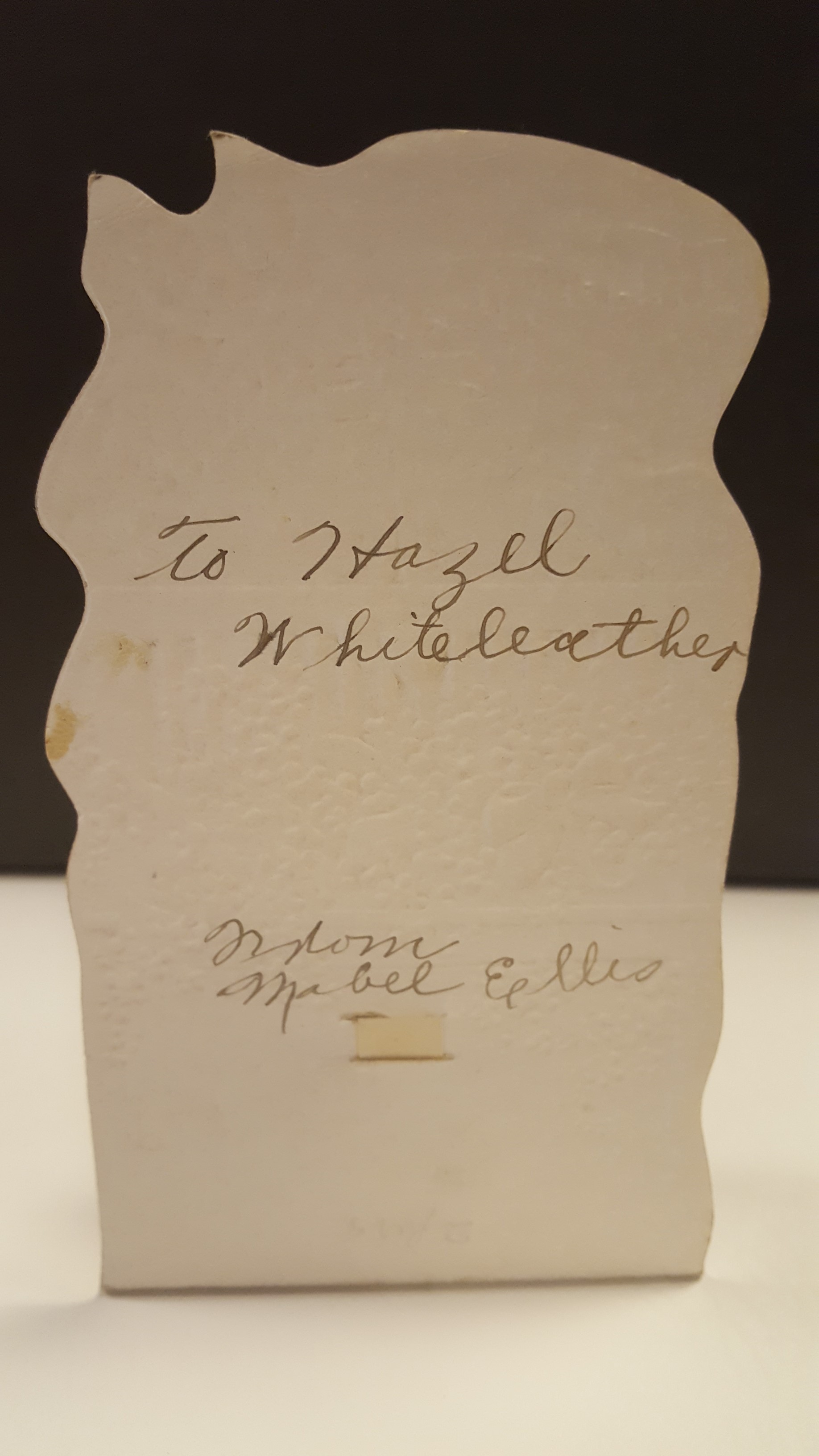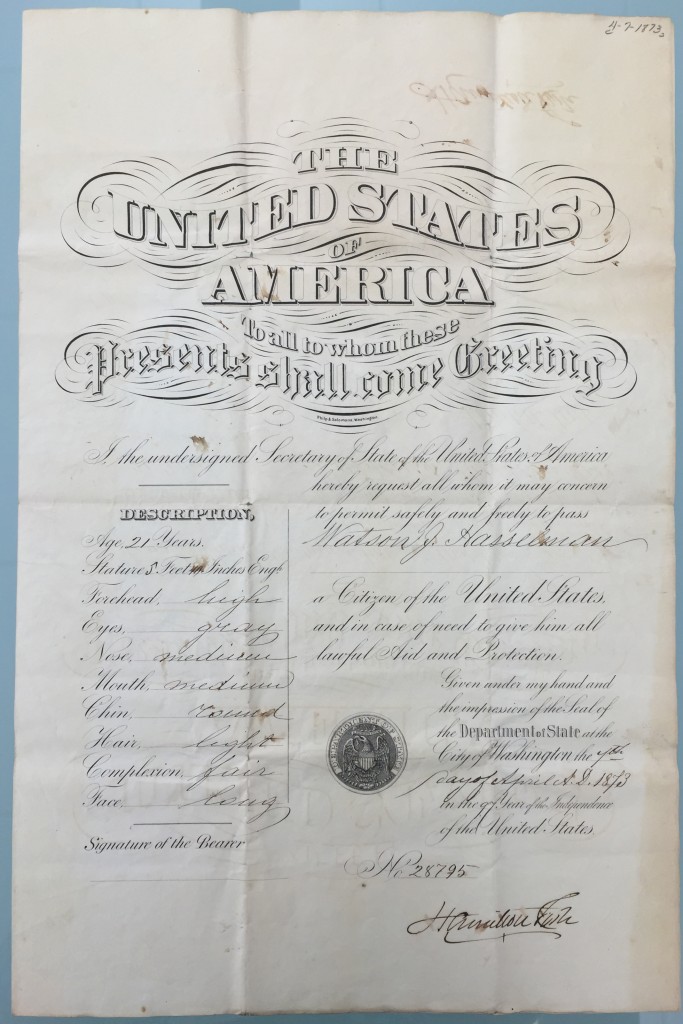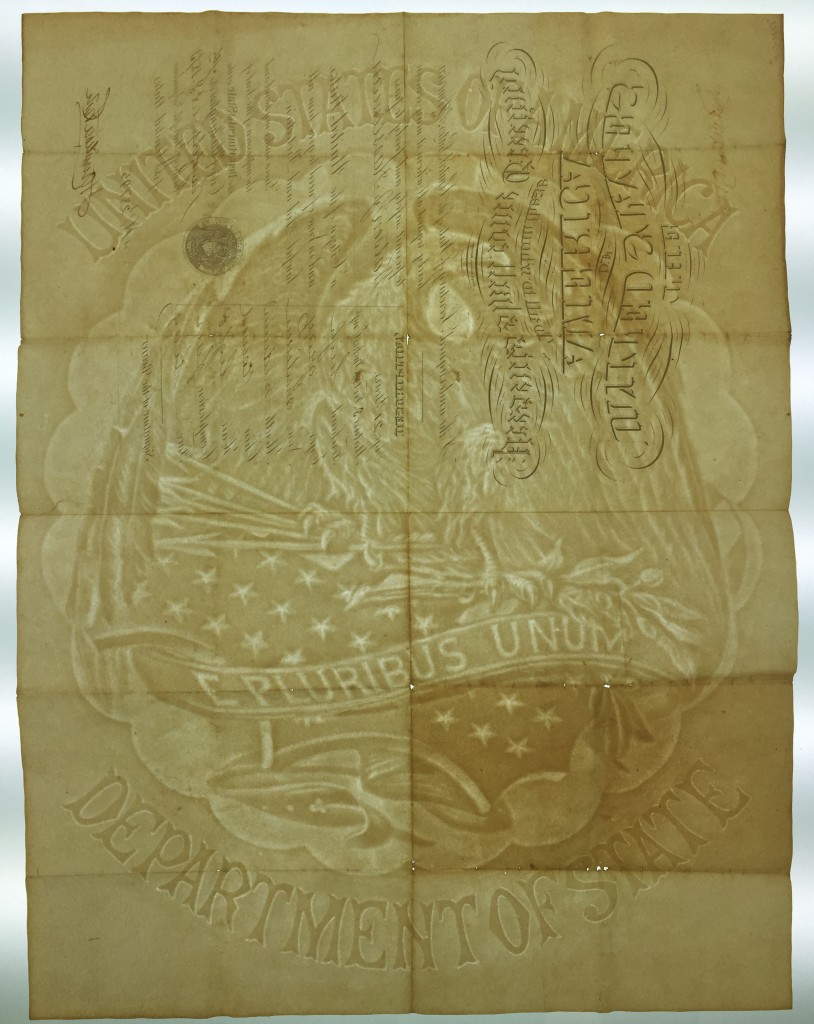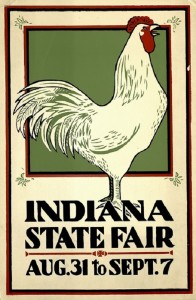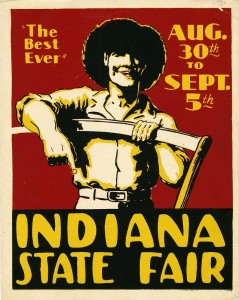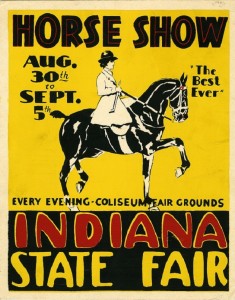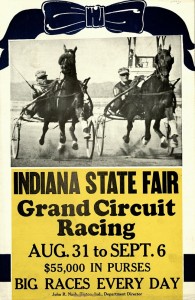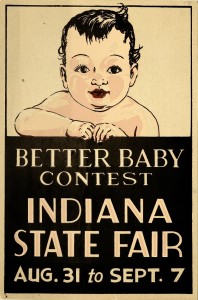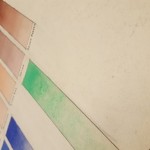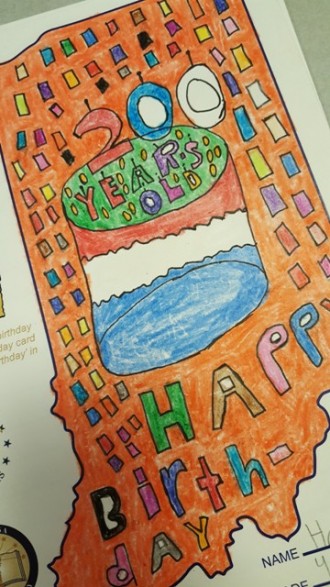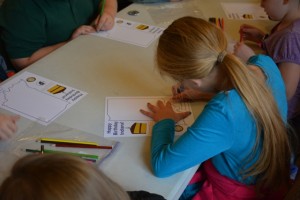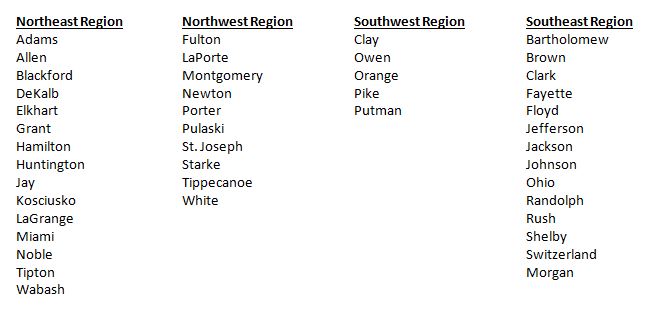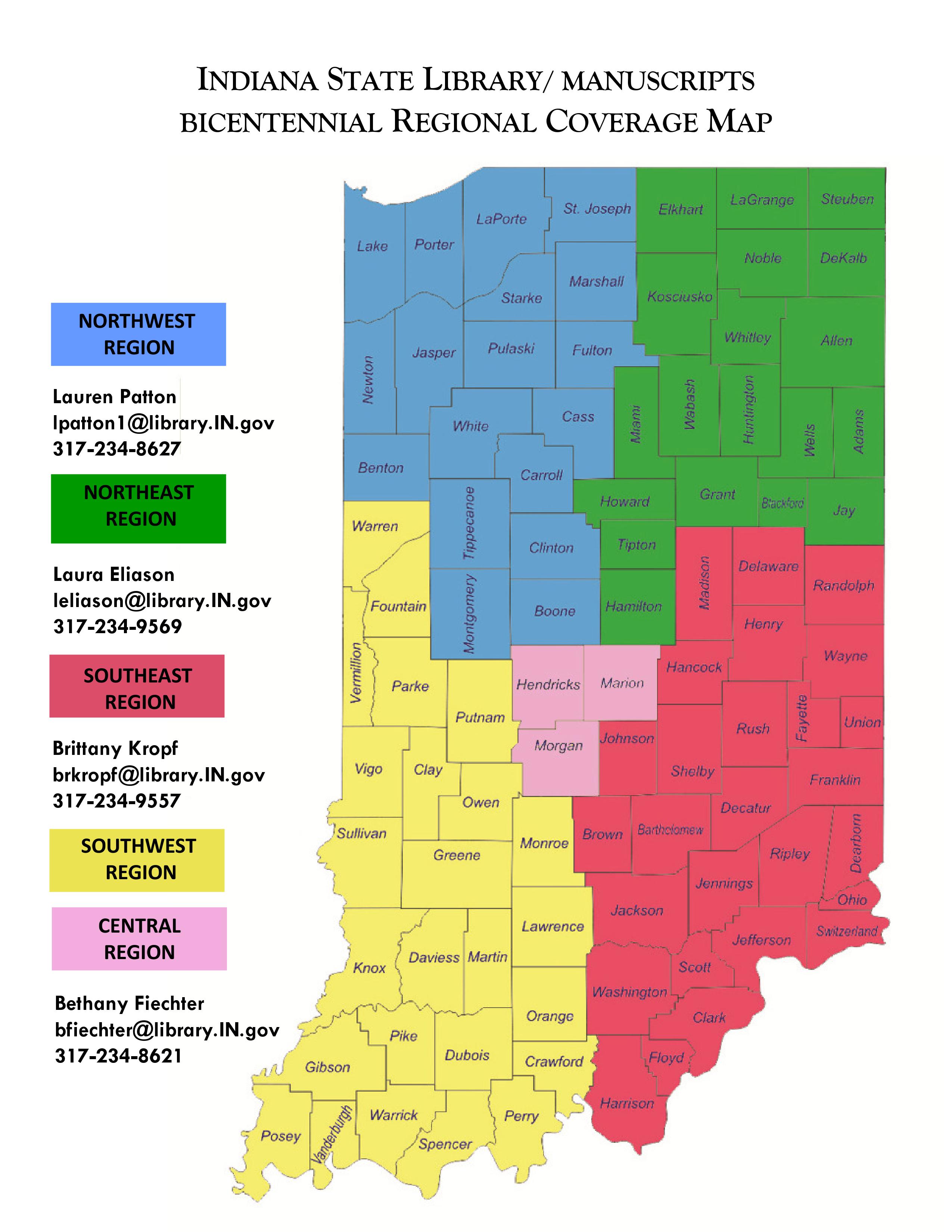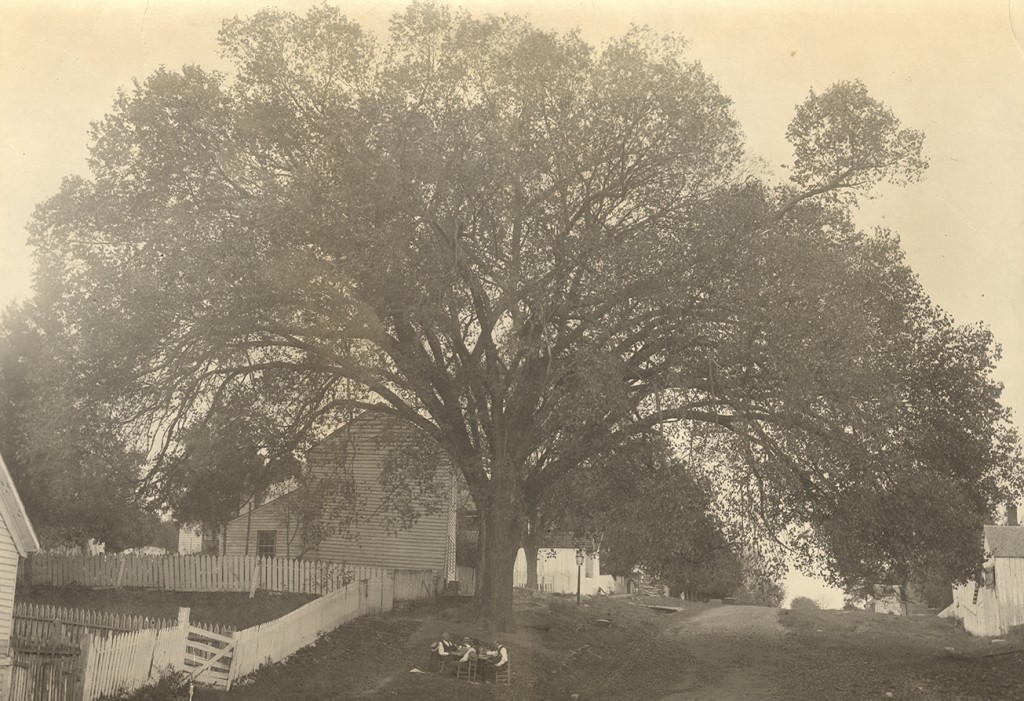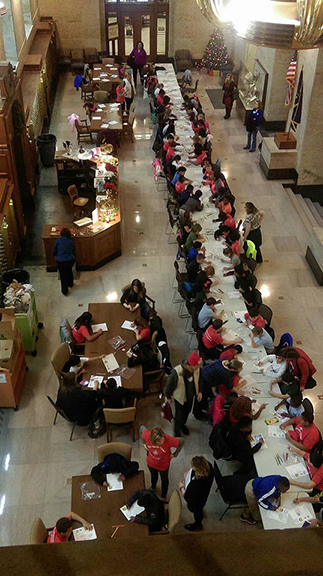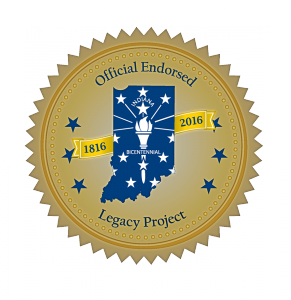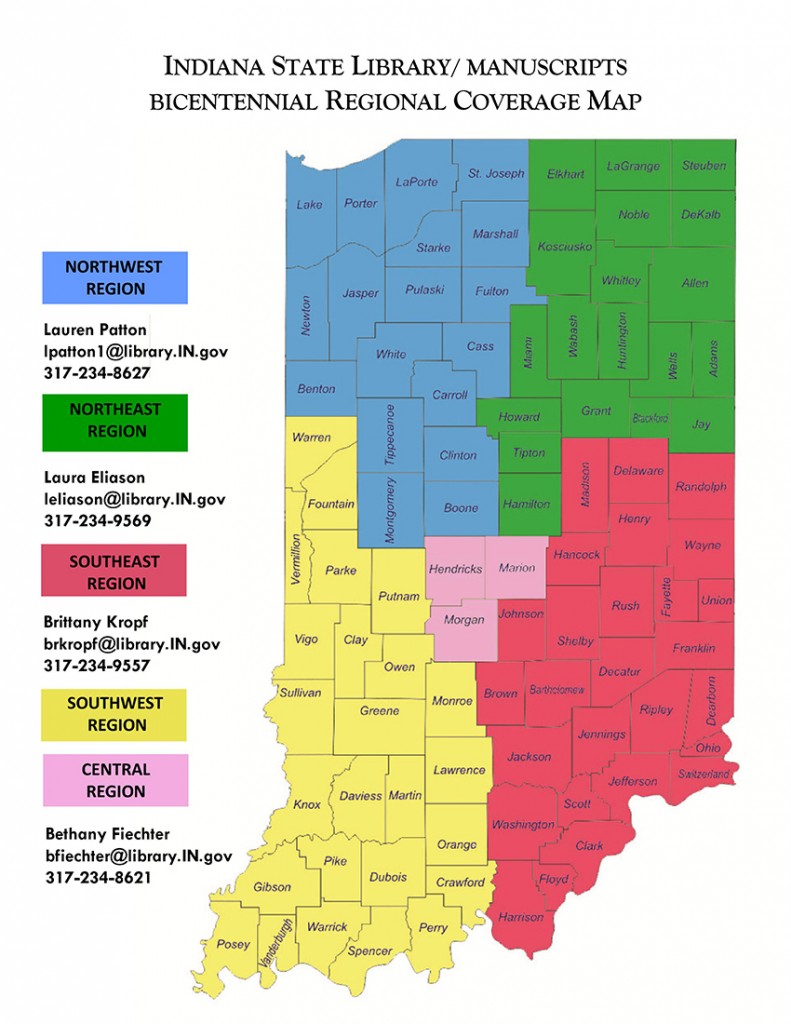Are you aware of the Indiana State Library’s massive collection of rare books, state and federal documents, Indiana history and genealogical material? There’s truly something for everyone – and for me, it’s an assortment of interior design, “how-to” books and advertisements and building samples, spanning from 1920-1960.
Our latest Rare Books and Manuscripts exhibit features a standard edition of the Munsell Book of Color created by the Munsell Color Firm in 1929. The Munsell color system was created by Professor Albert H. Munsell and is based on three color dimensions: hue, value (lightness) and chroma (color purity). The color of any surface can be identified by comparing it to the chips under proper viewing conditions.
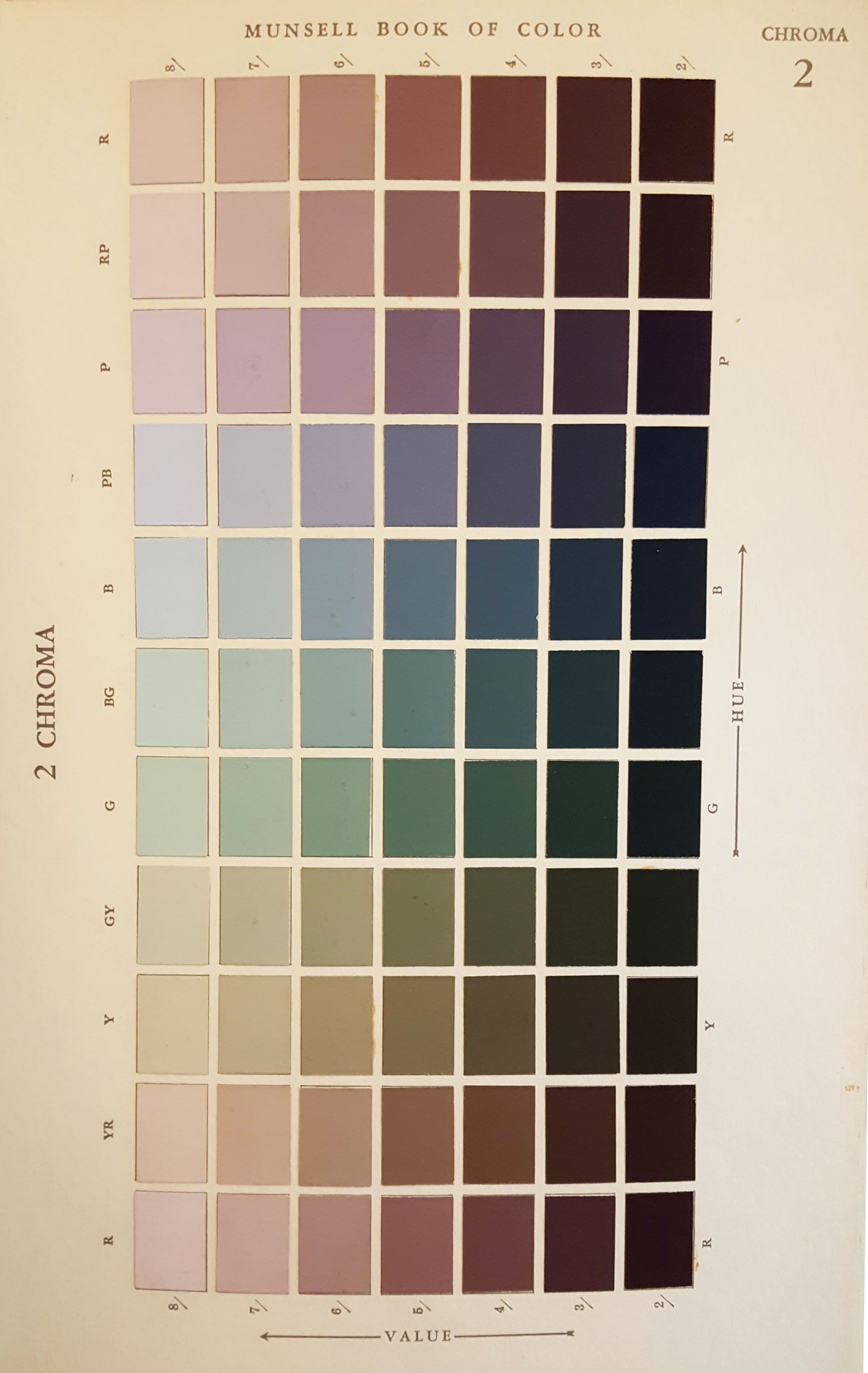
ISL – [Cage] ISLM 752 M969m – Cage General Books
A Dictionary of Colours for Interior Decoration will also be on display. Developed by the British Colour Council in 1949, this volume was published to provide clarity and standardization of design work, specifically application to carpets, curtains and upholstery fabric, and in the making of paint or other materials used in decorating. The guide includes 378 colors displayed on three surfaces, including matte, gloss and fabric.
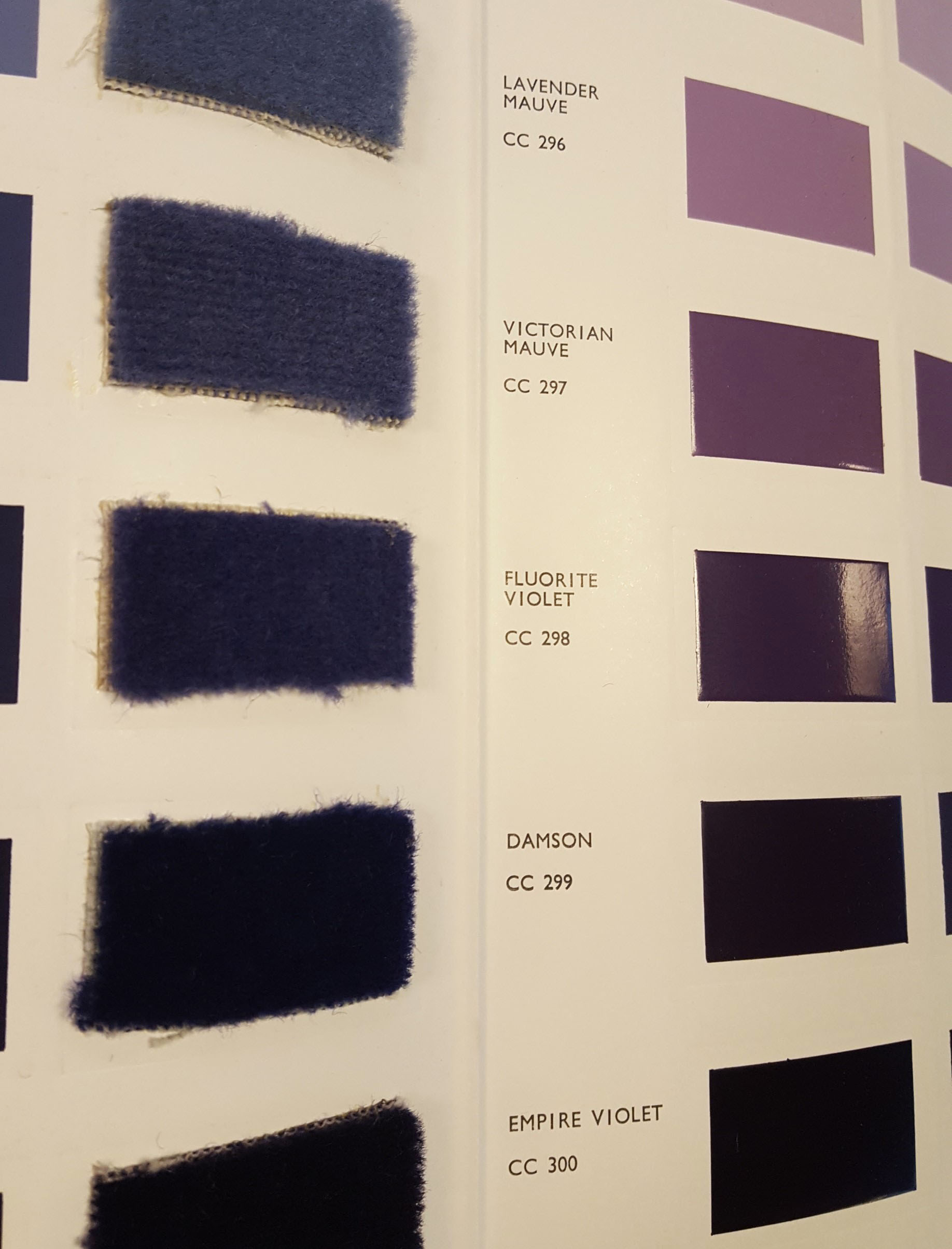
ISL – [Cage] ISLM 535.6 B862D – Cage General Books
Interested in Indiana furniture design during the 1960s? Several Tell City Chair Company catalogs are available to view. The catalogs were designed to aid the homemaker who desired a “comfortable and attractive living space.” They include a comprehensive review of Tell City’s furniture styles, the basic principles of decoration and tips on the care of furniture.
Paired with the Tell City Chair Company catalogs is one of our favorite volumes within the rare book collection titled “The American woods: exhibited by actual specimens and with copious explanatory text.” Each volume contains a booklet of descriptive text and at least 75 wood samples mounted in an estimated 25 plates. The featured specimen includes a transverse section, a radial section and a tangential section with Latin, English, German, French and Spanish names for maple wood.
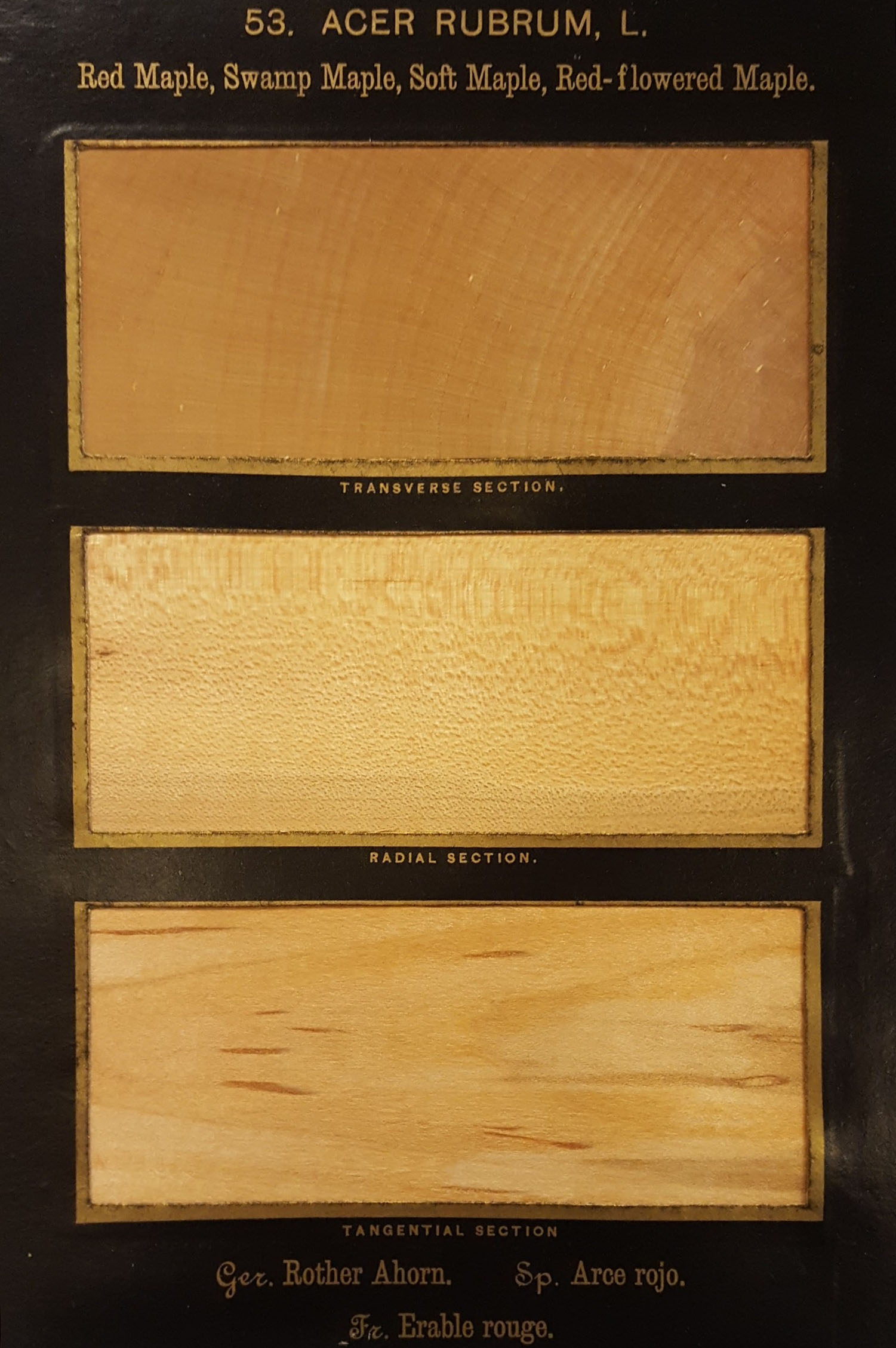
ISL – [Cage] ISLM 634.9 H8384 – Cage General Serials
Maple wood was featured in many styles of the Tell City Chair Company, including the Young Republic Group and the Hard Rock Maple. Many of the furniture pieces are highly valued among collectors due to their fine craftsmanship and quality.
If you’re curious about building repair or home decoration supplies during the early 1920s-1950s, we have you covered! Booklets from the Louisville Wall Paper Company, Sherwin-Williams Company, Indiana Farm Bureau, Co-operative Association, Inc., Alabastine Company and the United States Rubber Company are on display, too.
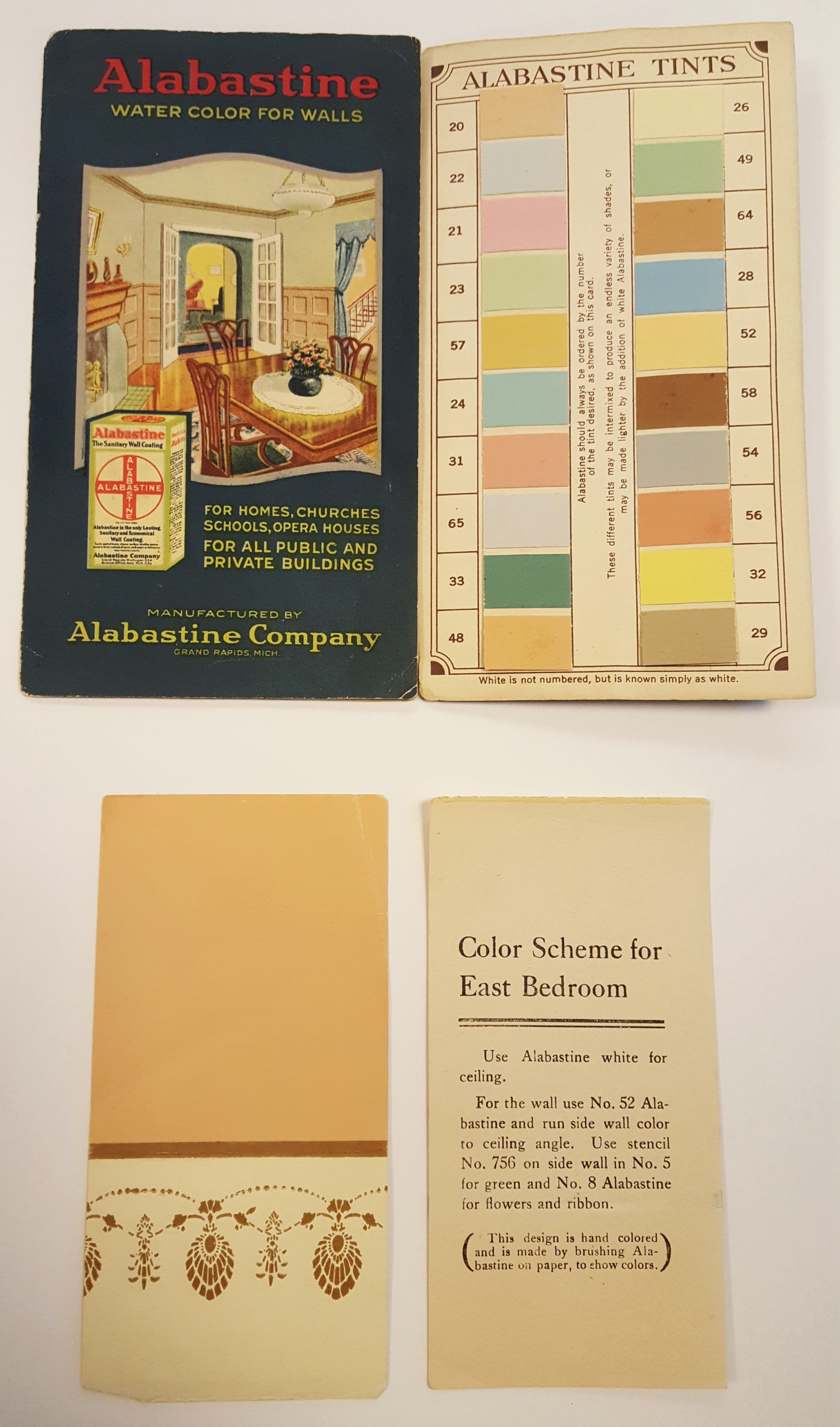
ISL – John M. Smith collection (L596) – Rare Books and Manuscripts
The Rare Books and Manuscripts reading room is located on the second floor of the Indiana State Library. The interior design exhibit will be on display until the end of March.
This blog post was written by Bethany Fiechter, Rare Books and Manuscripts supervisor, Indiana State Library. For more information, contact the Indiana State Library at (317) 232-3678 or “Ask-A-Librarian” at http://www.in.gov/library/ask.htm.

